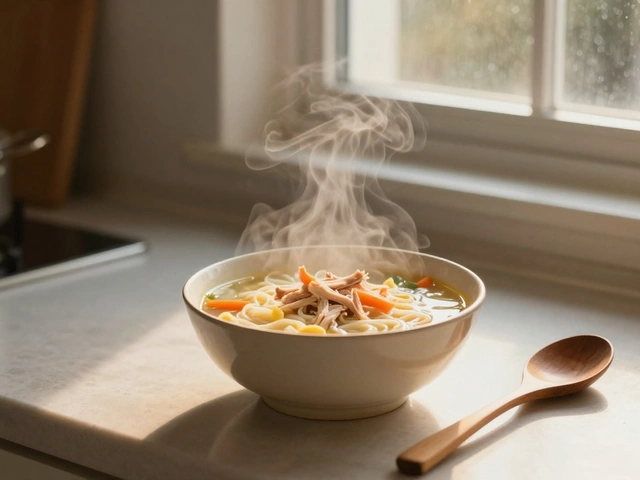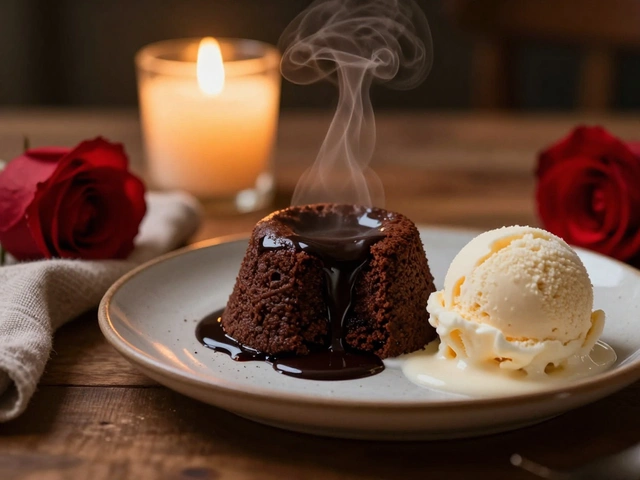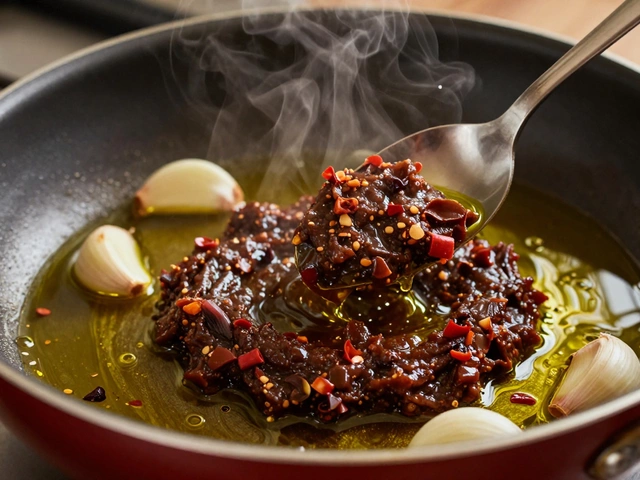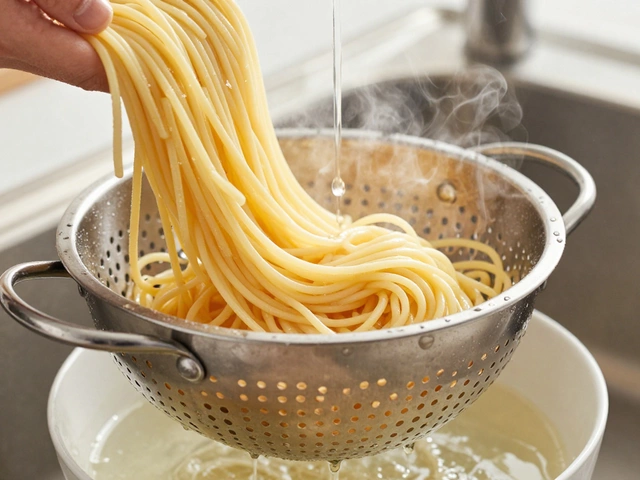How to Make Moist Chicken Every Time
Ever wonder why some chicken turns out dry while other pieces stay juicy? It’s not magic – it’s about a few simple moves you can do before and during cooking. Below are the easiest tricks you can start using right now.
Simple Tricks for Juicy Chicken
First, season your chicken with a little salt and let it rest for 15‑20 minutes. The salt draws out moisture, then pulls it back in, making the meat hold onto its juices. If you have time, add a splash of lemon juice or vinegar; the acid helps break down muscle fibers, giving a softer bite.
Second, consider a quick brine. Dissolve 1 tbsp of salt in 2 cups of water, toss the chicken in, and chill for 30 minutes. You don’t need a giant bucket – a small bowl works fine. This adds moisture from the outside and keeps the meat from shrinking.
Third, pat the chicken dry before cooking. Moist surface makes it steam rather than brown, and steam locks in water. A dry skin lets the heat sear, forming a tasty crust that traps juices inside.
Cooking Methods That Keep Moisture
When it comes to heat, low and steady wins over high and fast. Bake chicken at 350 °F (175 °C) for a steady rise, or use a skillet on medium heat. If you like the grill, start with a hot sear on each side then move the chicken to a cooler part of the grill to finish cooking without drying out.
Covering the pan with a lid or foil creates steam, which is a fast way to lock in moisture. Just remember to uncover for the last few minutes if you want a golden finish.
One more tip: use a meat thermometer. Pull the chicken out when the internal temp hits 155 °F (68 °C); it will climb to the safe 165 °F (74 °C) while resting. Overcooking is the biggest cause of dryness.
Finally, let the chicken rest for at least five minutes after it leaves the heat. Resting lets the juices redistribute, so they don’t run out when you cut into the meat.
Combine these steps – a quick salt rest, a brief brine if you can, a dry surface, gentle heat, and proper resting – and you’ll get consistently moist, tender chicken without fancy equipment or hard-to-find ingredients.
Give the method a try tonight. You’ll notice the difference right away, and your family will ask for seconds. Moist chicken is simple when you follow the basics, so keep these tips handy for every recipe you try.
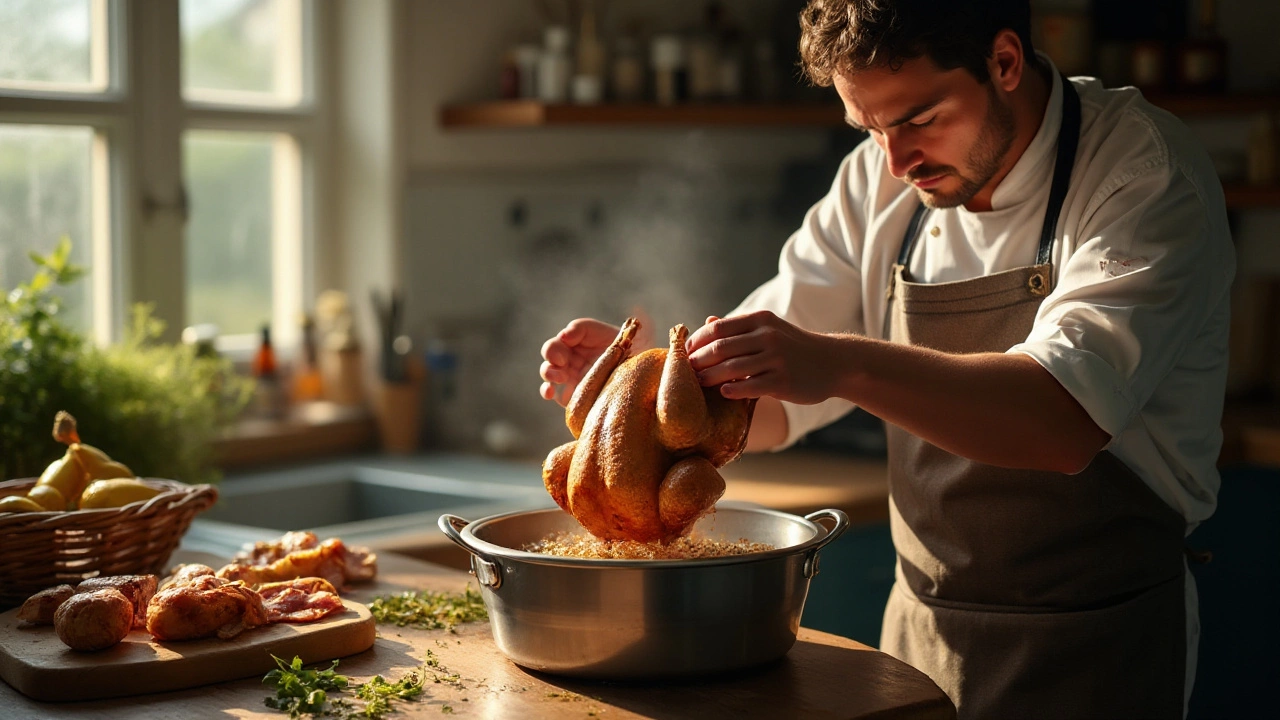
Secrets to Moist and Tender Chicken: Tried and True Methods
by Landon Weathers / 29 Nov 2024Achieving moist and tender chicken can transform your dish from good to absolutely unforgettable. This article explores the essential techniques and methods to ensure your chicken dishes come out perfect every time. By delving into the right preparations, cooking techniques, and ingredients, readers will gain valuable insights that are easy to apply in any kitchen. Discover practical tips along with interesting facts to make your chicken irresistibly juicy.
